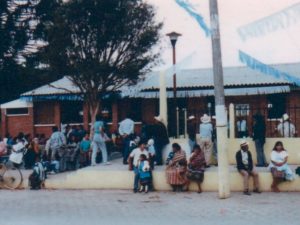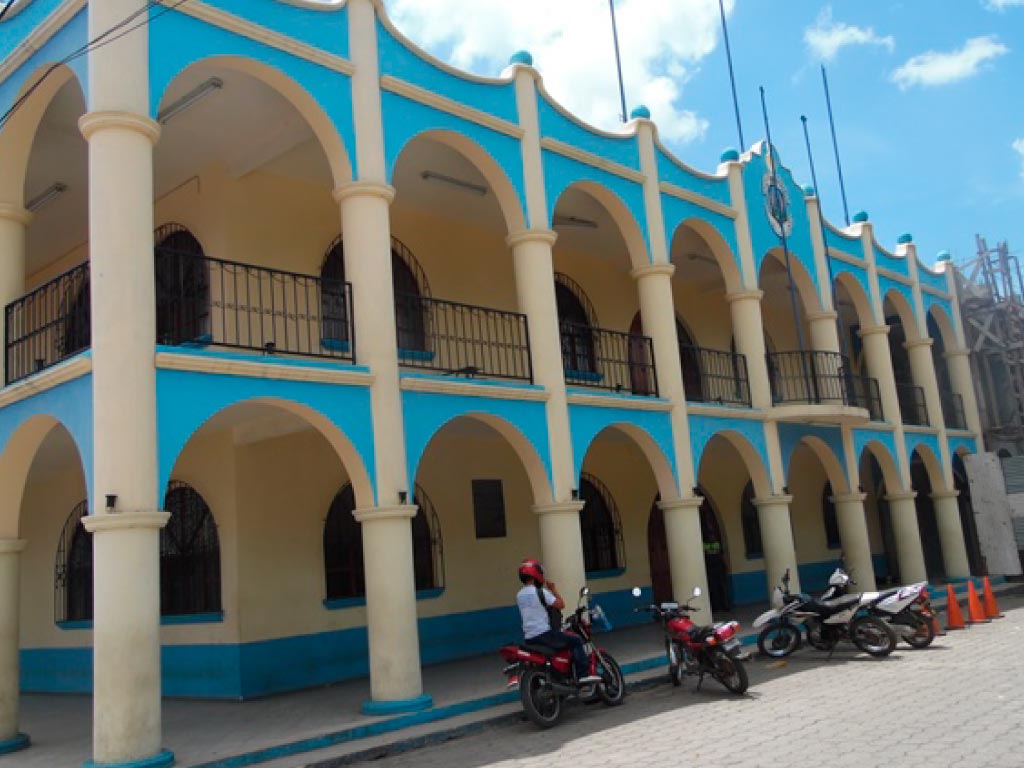Thirty years ago El Tejar had around 5,000 inhabitants. At that time El Tejar had basic services: piped water, electricity, telephone, a health center, a primary school, a pre-primary school for children ages 5 to 6, two private schools, two public secondary schools and one secondary and high school established as a joint initiative of the Ministry, municipality and parents. Both San Miguel and Santo Domingo had a primary school, and San Miguel had a Child Integral Attention Program as well. Most of the people of El Tejar had grown up in the municipality.
Older adults had little education; however, young people had more access to education, the university, or work outside of El Tejar. Women were fundamental to the social and economic development of El Tejar, as they worked outside the home to contribute to the family budget.
The municipality was famous for its tile production. Over the past 20 years, the factories of El Tejar—well-situated, on the route that crosses through Lake Atitlan and Quetzaltenango to Mexico, attracted Guatemalan families looking for better work.
Many immigrants settled in villages far from the center of El Tejar, with limited access to water, electricity, schools or a health center. The cost of transportation continues to limit access to schools, work and groceries as well. In addition, the proximity to Chimaltenango has caused an increase in violent groups, extortion, and robbery.
 Today, El Tejar has an estimated 30,000 inhabitants.
Today, El Tejar has an estimated 30,000 inhabitants.
Tile and other mud products are an important part of El Tejar’s network of family-run businesses. Transportation-related services, together with big companies such as BIMBO, PEPSI, Sarita and MASECA, give employment opportunities for both local people and internal migrants.
Nevertheless, some people migrate from the municipality of El Tejar to Guatemala City and Escuintla looking for better work. In addition, part of the male workforce has emigrated to the United States, resulting in some economic benefit along with some negative social effects.





